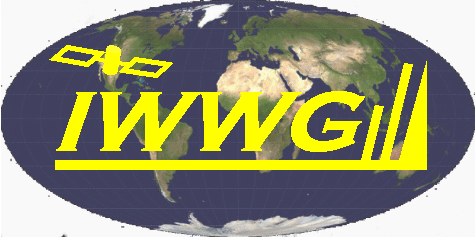Microwave (118-GHz) Doppler techniques for mesospheric winds: MLS and EZIE
Mesospheric winds play an important role in the dynamical coupling between lower-atmospheric forcings and thermospheric/ionospheric variabilities. Currently, upper-atmospheric winds are not sufficiently constrained by observations in the meteorological analysis and reanalysis products, because the geostrophic balance assumption is needed to derive winds from temperature measurements. As altitude increases, the atmospheric ageostrophic flow becomes more important, and therefore direct wind measurements are more valuable for model evaluation and process studies, especially in the equatorial and wave-active regions.
Doppler remote sensing techniques with passive sensors are widely used to infer atmospheric winds from spectral emission and absorption features. The 118-GHz Zeeman-split lines have a narrow linewidth from the mesospheric O2 emission and absorption that can be used to determine a small spectral shift with high precision. Recent NASA’s missions, Aura Microwave Limb Sounder (MLS, 2004-present) and Electrojet Zeeman Imaging Explorer (EZIE, LRD 2024), have been focused on the 118-GHz remote sensing for measuring mesospheric temperature and geomagnetic field. In addition, as a byproduct, Doppler winds can be generated from the 118-GHz radiance measurements. This paper will discuss the Doppler techniques from MLS and EZIE, as well as the science applications enabled by the winds in the mesosphere.






